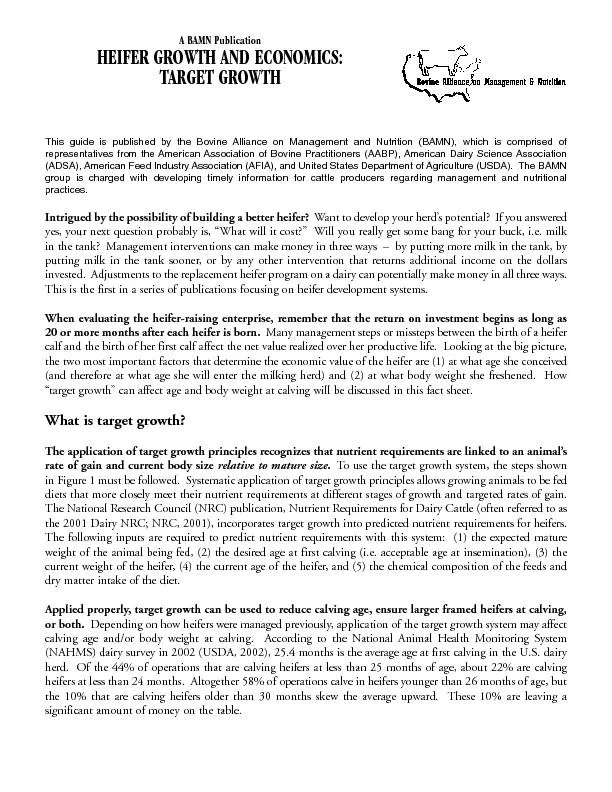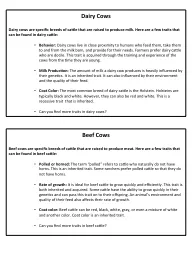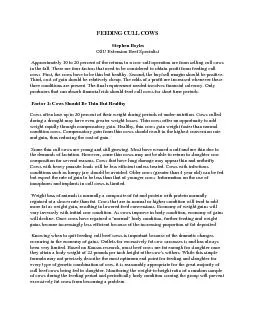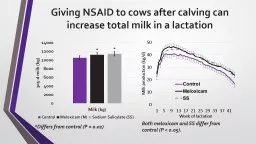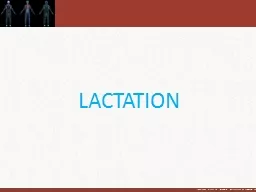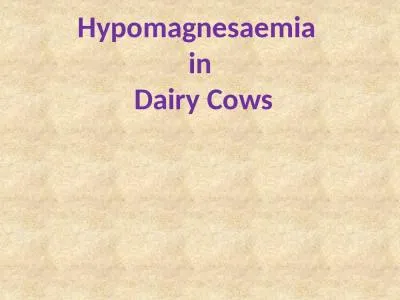PDF-How is mature weight determined?Cows entering their 3rd lactation have
Author : stefany-barnette | Published Date : 2016-04-23
which can be thought of as muscle carries 36 times as much water as protein so depositing protein is associatedwith more efficient weight gain Van Amburgh 2004 As
Presentation Embed Code
Download Presentation
Download Presentation The PPT/PDF document "How is mature weight determined?Cows ent..." is the property of its rightful owner. Permission is granted to download and print the materials on this website for personal, non-commercial use only, and to display it on your personal computer provided you do not modify the materials and that you retain all copyright notices contained in the materials. By downloading content from our website, you accept the terms of this agreement.
How is mature weight determined?Cows entering their 3rd lactation have: Transcript
Download Rules Of Document
"How is mature weight determined?Cows entering their 3rd lactation have"The content belongs to its owner. You may download and print it for personal use, without modification, and keep all copyright notices. By downloading, you agree to these terms.
Related Documents

